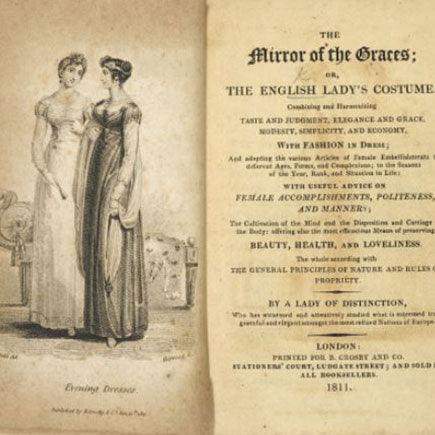A Short History of Marcasite Jewellery

Marcasite is an instantly recognisable stone, creating unique and intricate designs. It has been used for millennia and is now often sought after in vintage jewellery. Marcasite has a high shine and was first used because of this property by the Ancient Egyptians. It is thought Cleopatra herself wore marcasite jewellery because it was considered to ward off negative energy and promote healing.
The stone was also favoured by the Incas, who used the stone not only in jewellery but in devotional objects such as plates and what may be considered today as mirrors. It has been found in several of their burial grounds, mostly located in South America.
During the eighteenth century, marcasite grew in popularity as production techniques improved and the stone moved into its own 'Golden Age' within Europe. Marcasite was much more affordable than diamond and would be used as an alternative, although the richer upper classes would also use it to accent bigger more costly gemstones.
The Victoria and Albert has within its collection two shoe buckles that use marcasite and are dated to the 1780s. The stones give both pieces a more ornate design, used both on their own and alongside other gemstones. English jewellers and silversmiths during the Georgian period excelled at the difficult craft of making buckles, but by the late eighteenth century they began to fade out of fashion.


During the Regency era, Egyptian styles rose in popularity as a result of Napoleon's campaign in Egypt. This contributed to the increasing rise in popularity of marcasite, used in new jewellery designs.
In the nineteenth century, marcasite was seen as a more melancholy stone. Queen Victoria wore it as an alternative to diamond as she felt it more appropriate for mourning Prince Albert, her beloved husband who had passed away in 1861.
The name marcasite comes from the Arabic word for pyrite, 'markaschatsa'. Many pieces of marcasite jewellery included pyrite as it strengthened the natural properties of the stone, making it more durable and hardwearing. Pyrite was often referred to as marcasite up until the nineteenth century, as it was thought its chemical properties were the same.
Why not take a look at several of our own jewellery pieces using marcasite, such as our elegant Dashwood Earrings .
If you don't want to miss a beat when it comes to Jane Austen, make sure you are signed up to the Jane Austen newsletter for exclusive updates and discounts from our Online Gift Shop.




Leave a comment
This site is protected by hCaptcha and the hCaptcha Privacy Policy and Terms of Service apply.